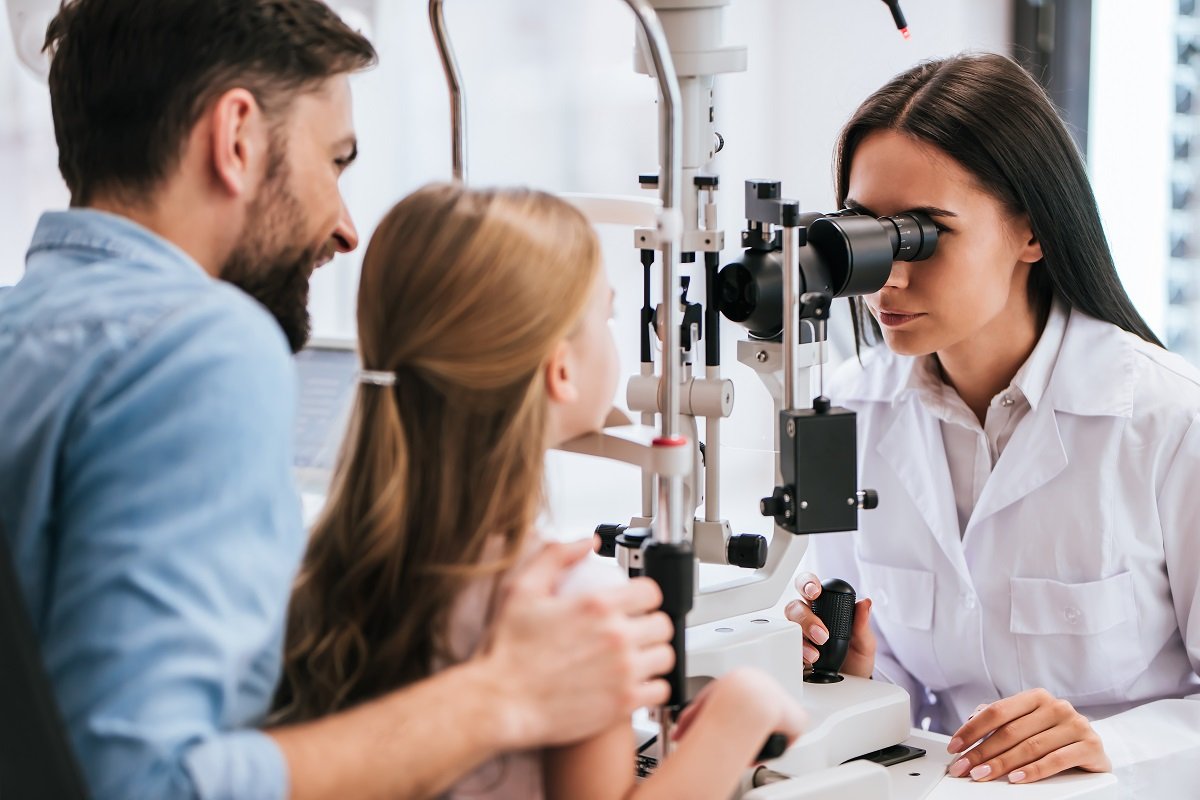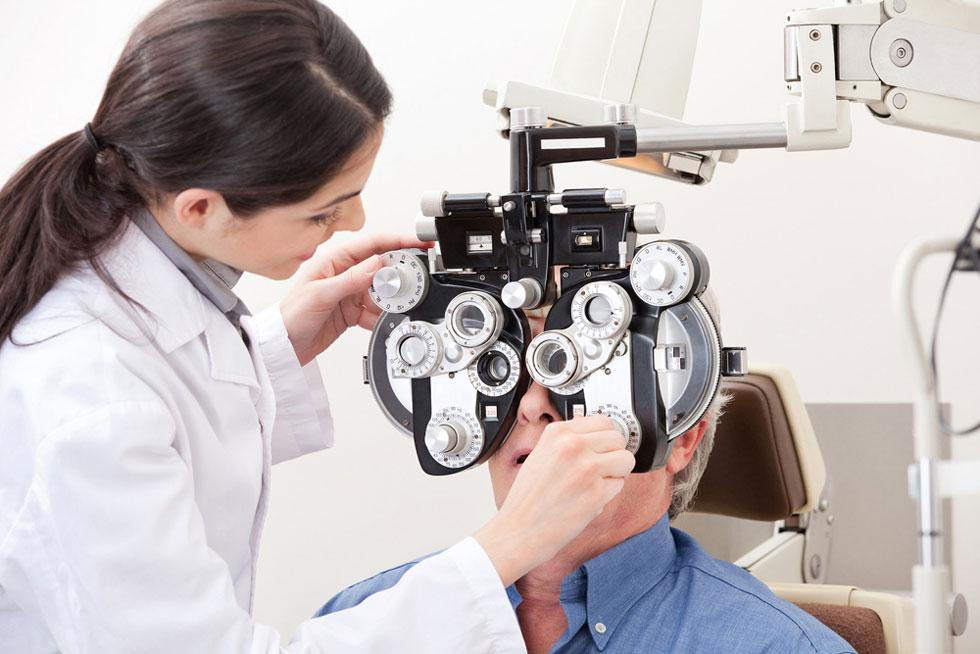Myopia happens when there are problems with the shape of the cornea or lens. Nearsightedness is when a close-up object look clear, yet a distant object is blurry. For example, you can read the map clearly, yet have trouble seeing enough when driving a car.
Nearsightedness is an eye-focusing disorder. It has been on the rise for various decades. It is estimated that nearly half the people around the world have nearsightedness. Myopia Profile helps control the progression of the eye condition from the different clinical techniques for nearsightedness.
Types of myopia
Myopia comes in different types according to levels:
- Mild nearsightedness. It is generally less than three diopters of myopia called low myopia.
- Moderate nearsightedness. It is three to six diopters of myopia.
- Severe nearsightedness. It is more than six diopters of myopia called high myopia.
Children with nearsightedness turn more nearsighted as they age, yet the glasses prescription stabilizes in their early 20s.
Symptoms of myopia
Before you go to the treatment, you must know the symptoms of myopia first. A few of the signs and symptoms of myopia include:
- headaches
- eyestrain
- squinting to see appropriately
- difficulty seeing long-distance objects, such as:
- road signs
- school blackboard

Children with myopia might not complain about blurry vision. So, vision tests or eye exams are essential in young children. Some kids are born nearsighted and some don’t become nearsighted until 10 years.
Myopia treatment
Some say that contact lenses and eyeglasses are easy; common ways to correct the eye condition. Myopia treatment helps focus on the light on the retina at the back of the eye, so you can see more clearly. You need new prescriptions as the eyes change. There are a lot of options to consider when purchasing contacts or glasses.
You can consult or talk with an ophthalmologist about the choices of the lens, which best suit your vision and lifestyle needs.
- Refractive surgery. In children with nearsightedness, sometimes the nearsightedness can be corrected with refractive surgery. There are two main types of refractive surgery, namely:
- Refractive laser surgery. The laser reshapes the cornea, adjusting how light will travel through it. Here are some common procedures of refractive laser surgery:
- Epi-LASIK
- LASIK
- SMILE
- PRK
- Refractive lens exchange. The ophthalmologist removes the natural lens inside the eye and replaces it with an artificial lens. The new artificial lens will help to aim the light at the eye retina at the back of the eye to see more clearly. Refractive surgery will carry risks of side effects and complications. For example, after the procedure, you may see rings or glare around the lights. You may also have poor night eyesight.
Consult and talk with an ophthalmologist about the vision needs and expectations. Together you can explore the options for achieving a good and better vision.




